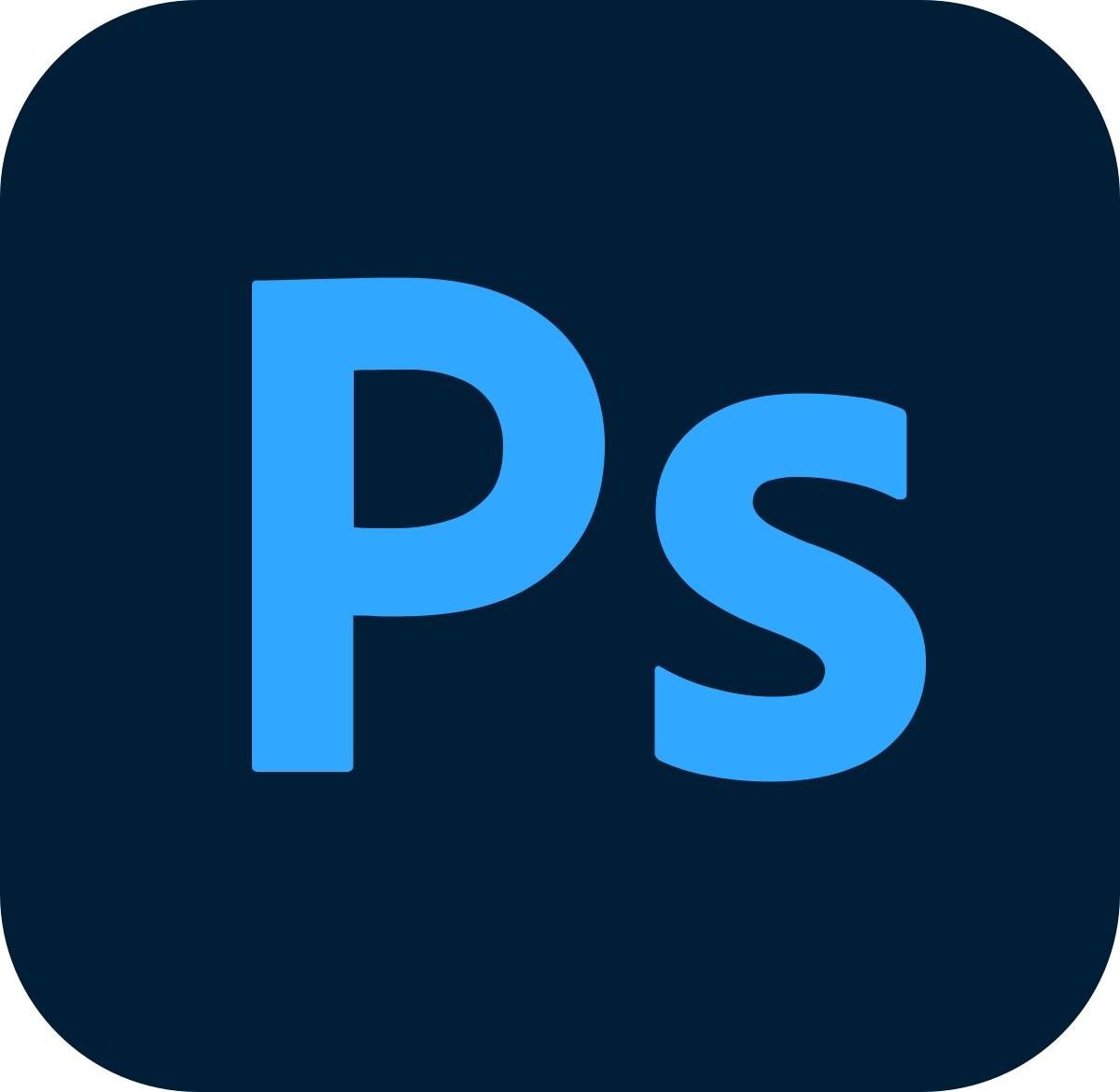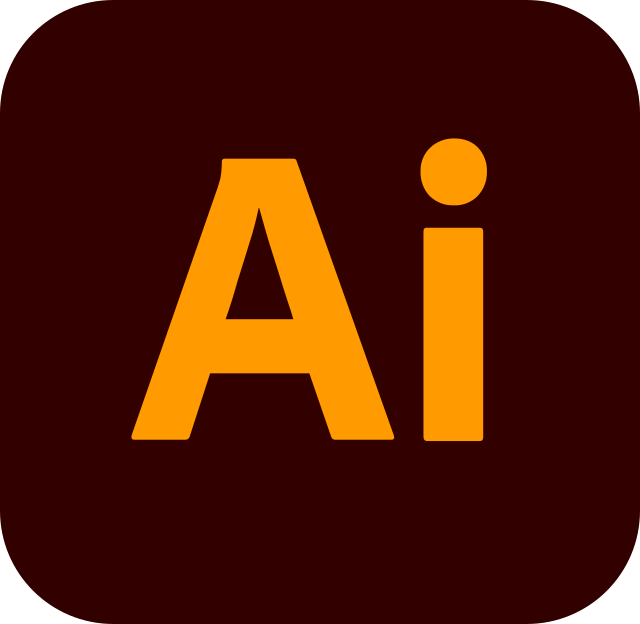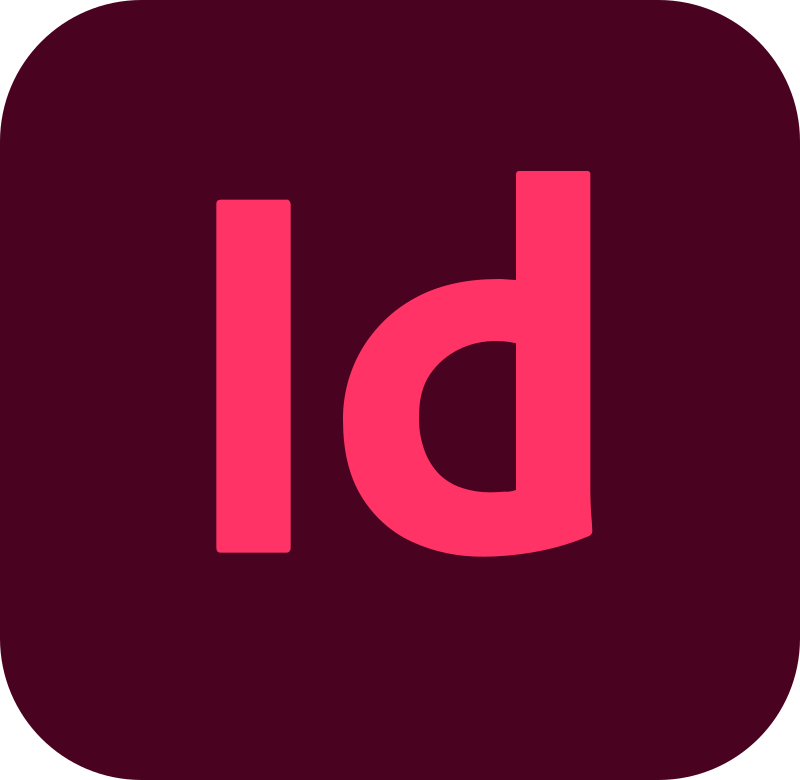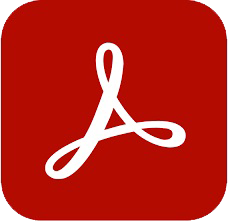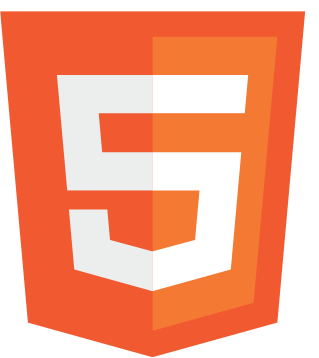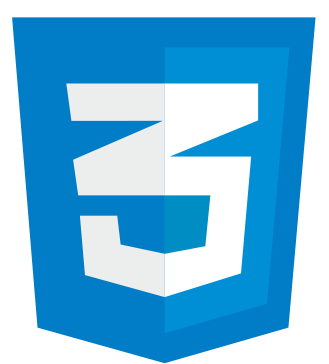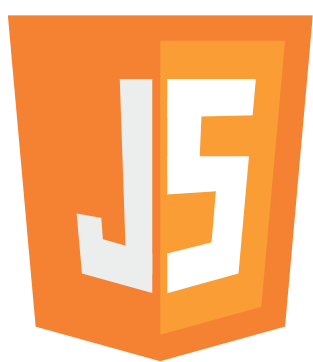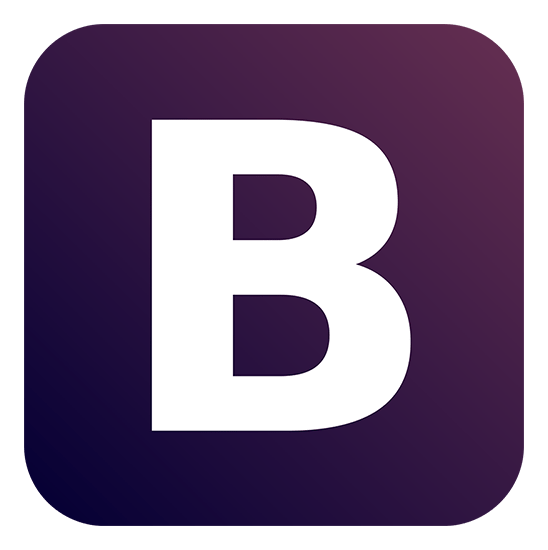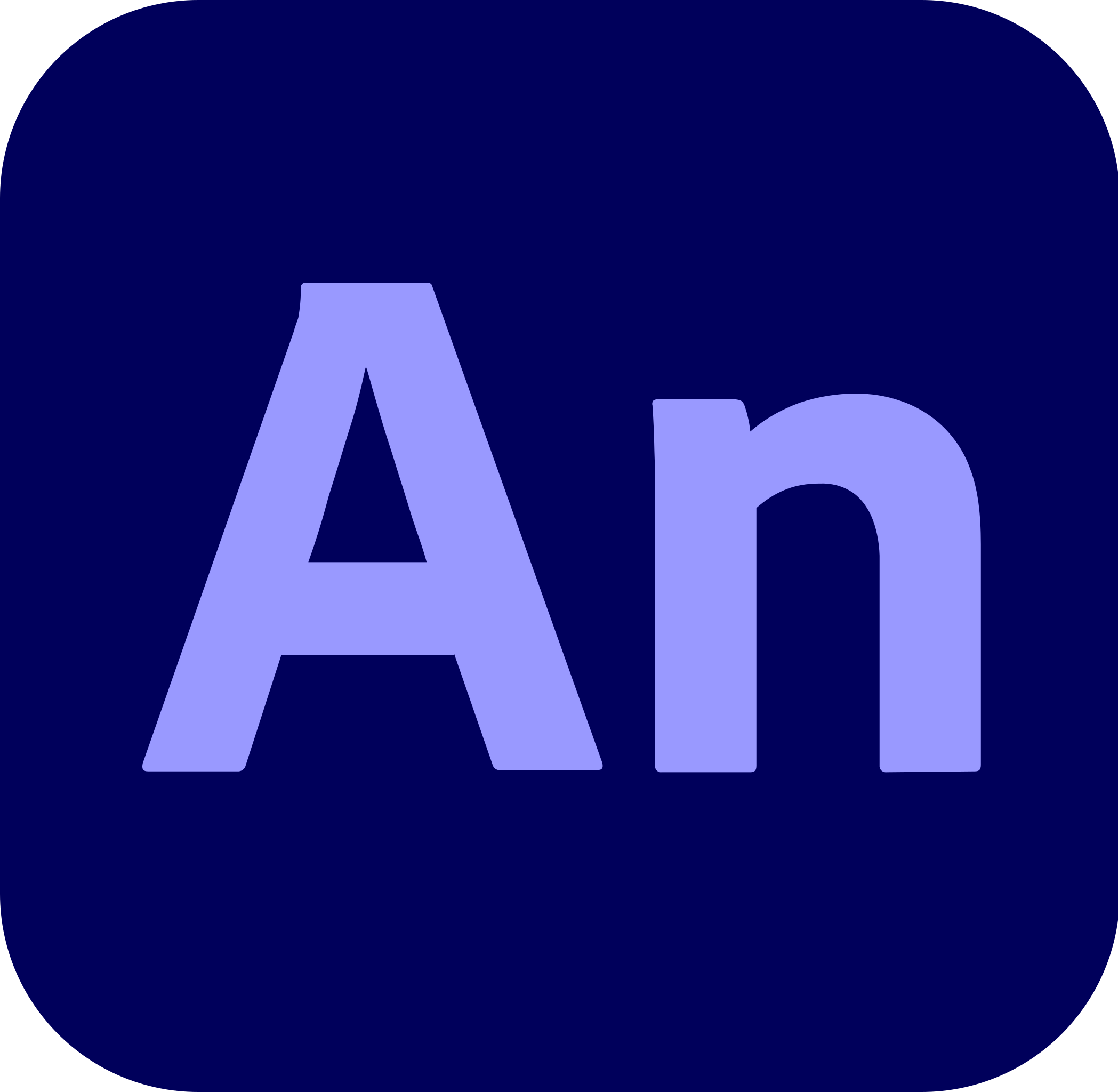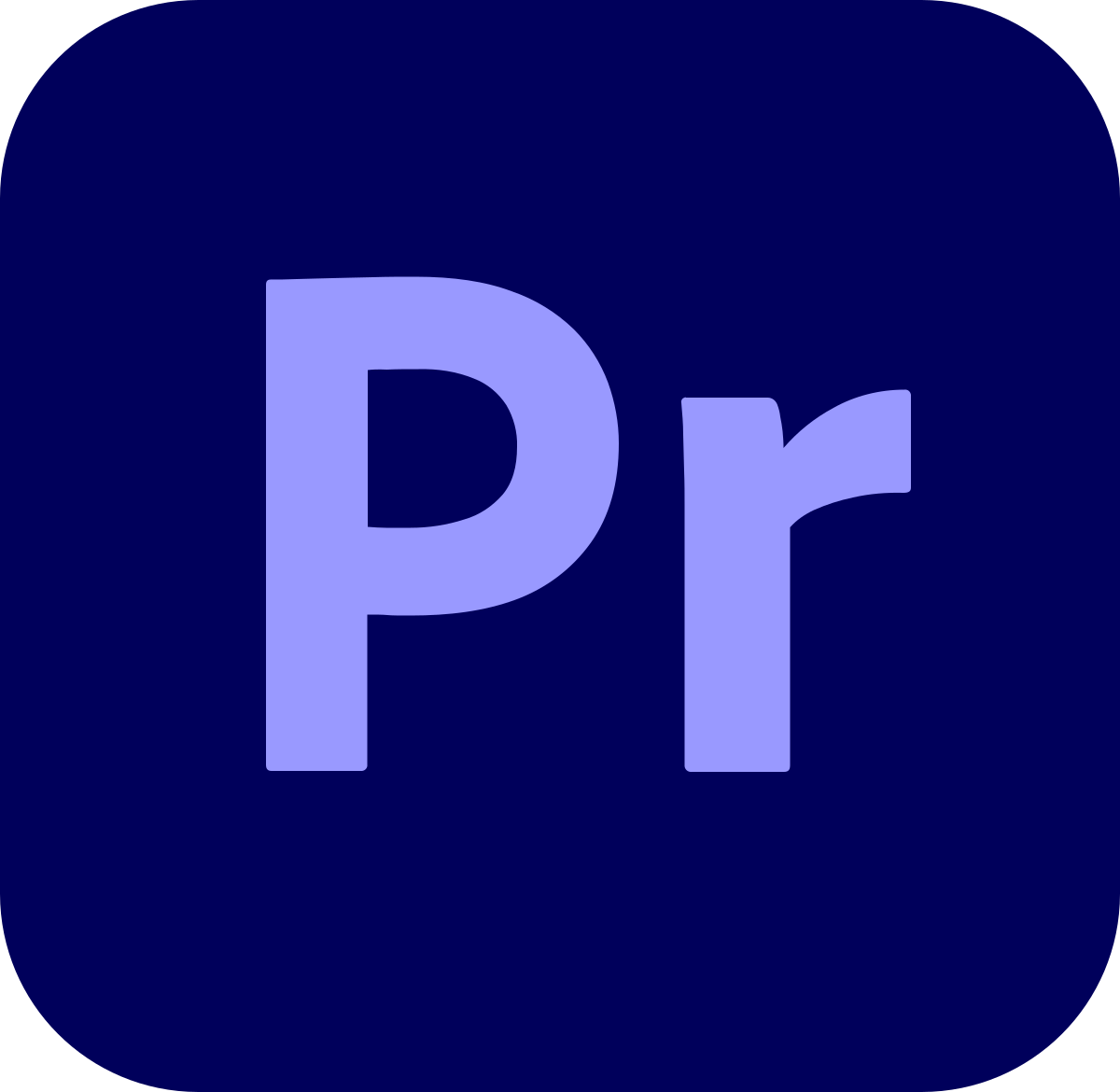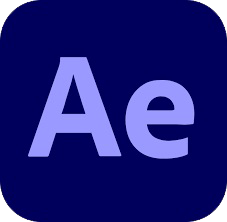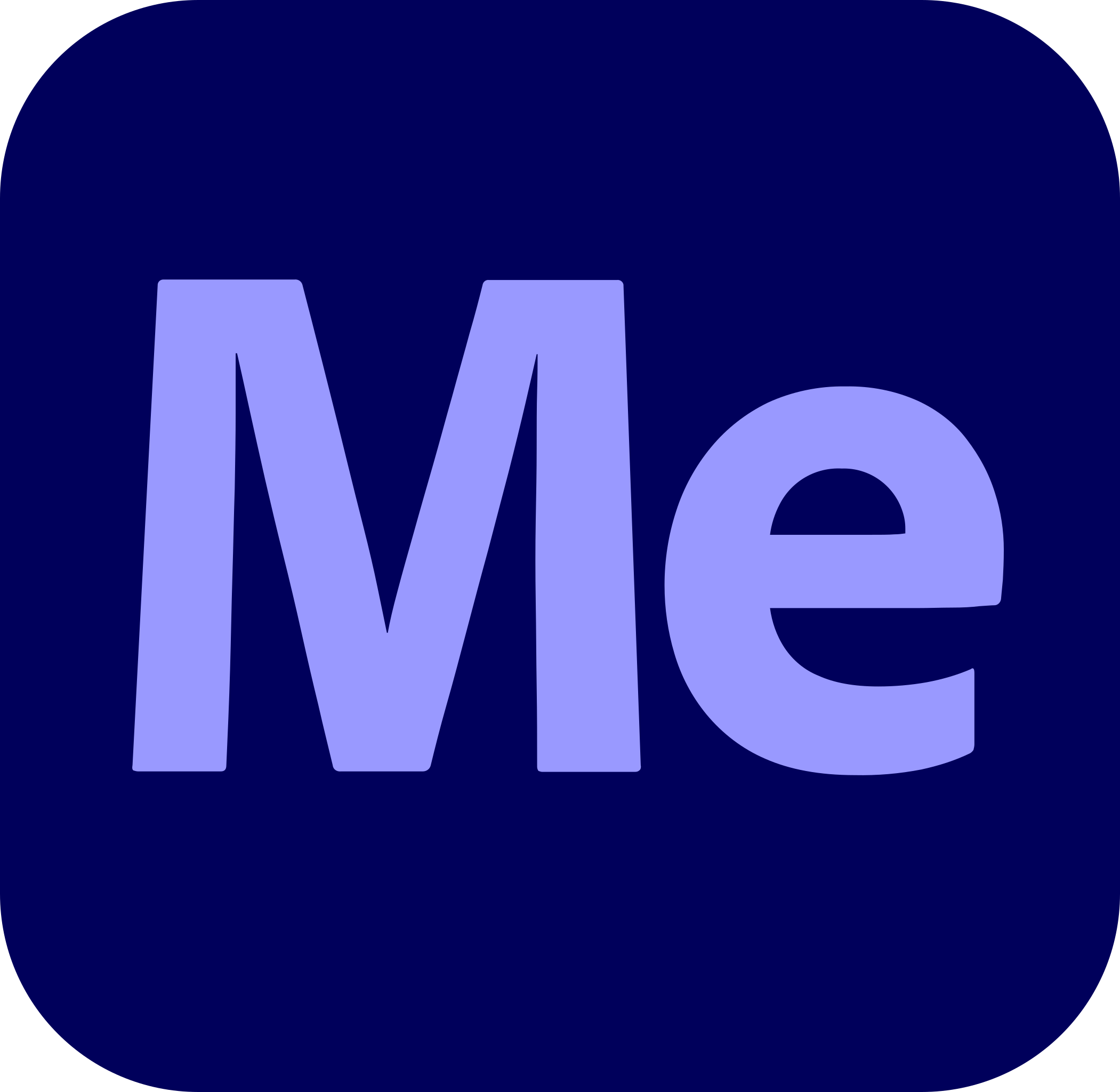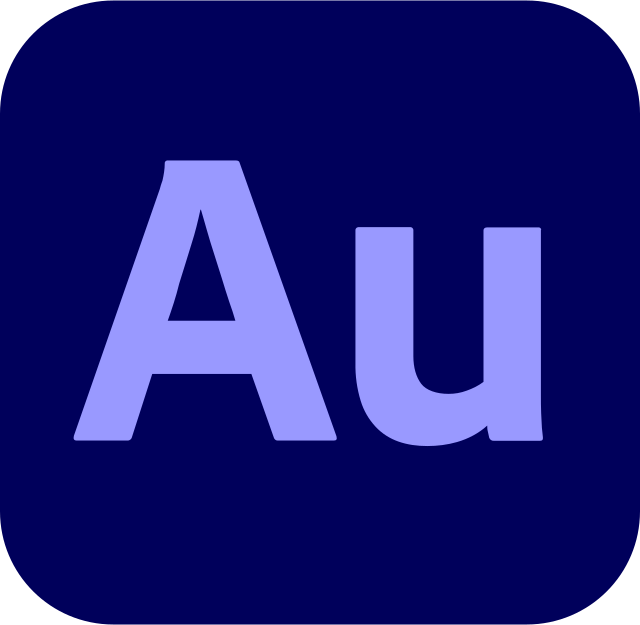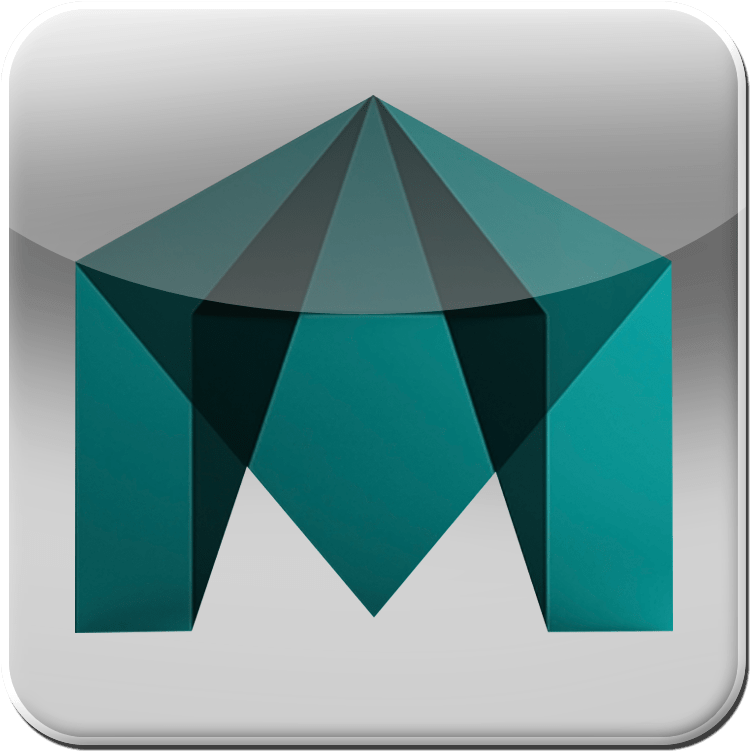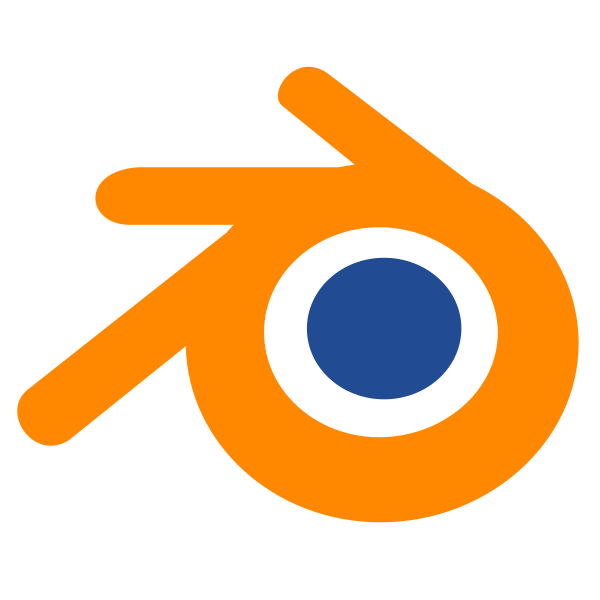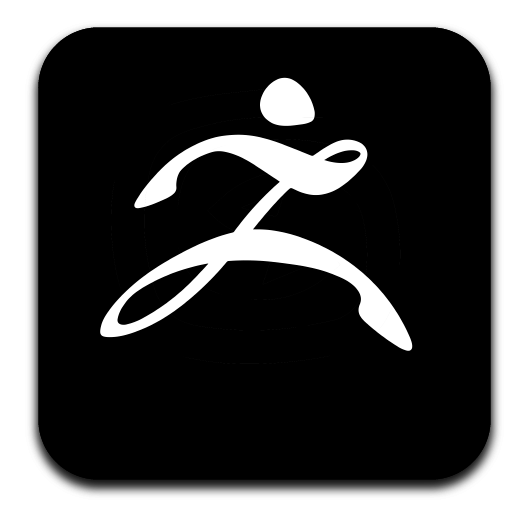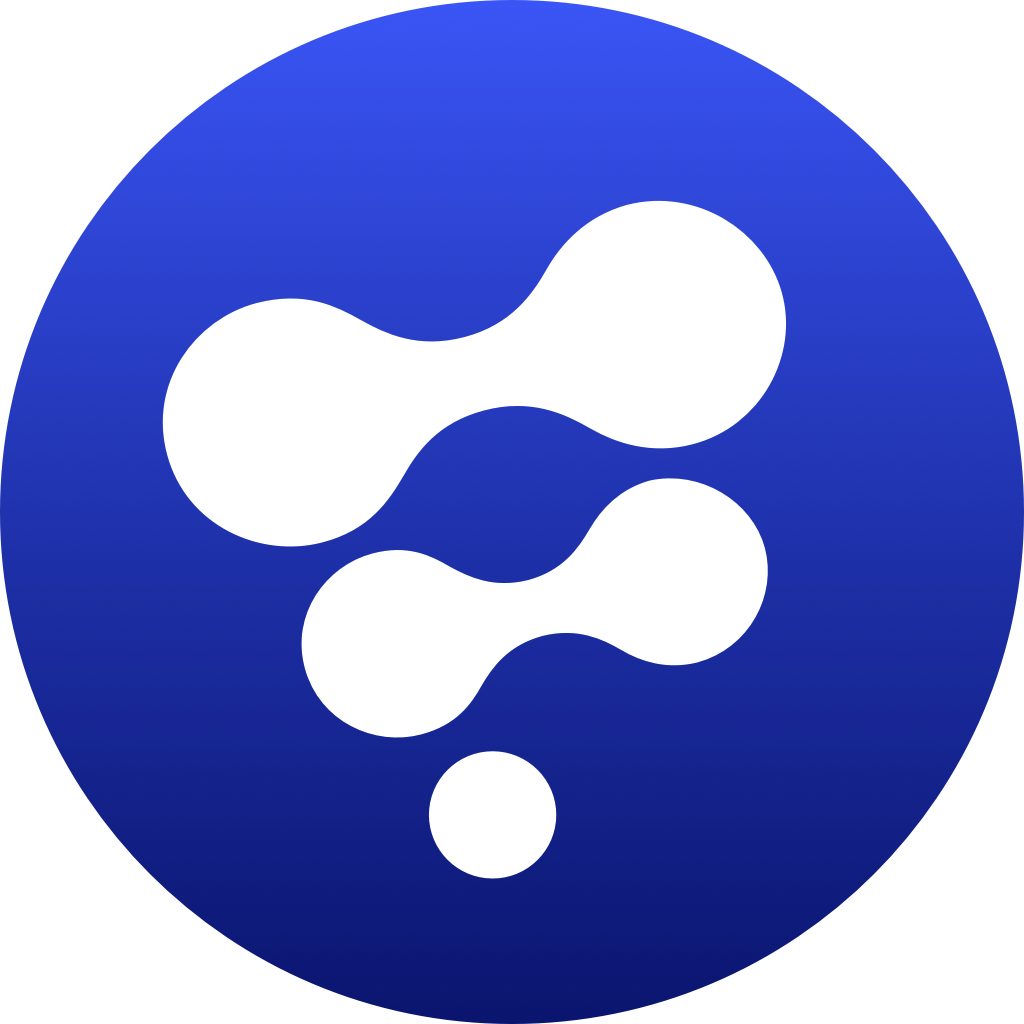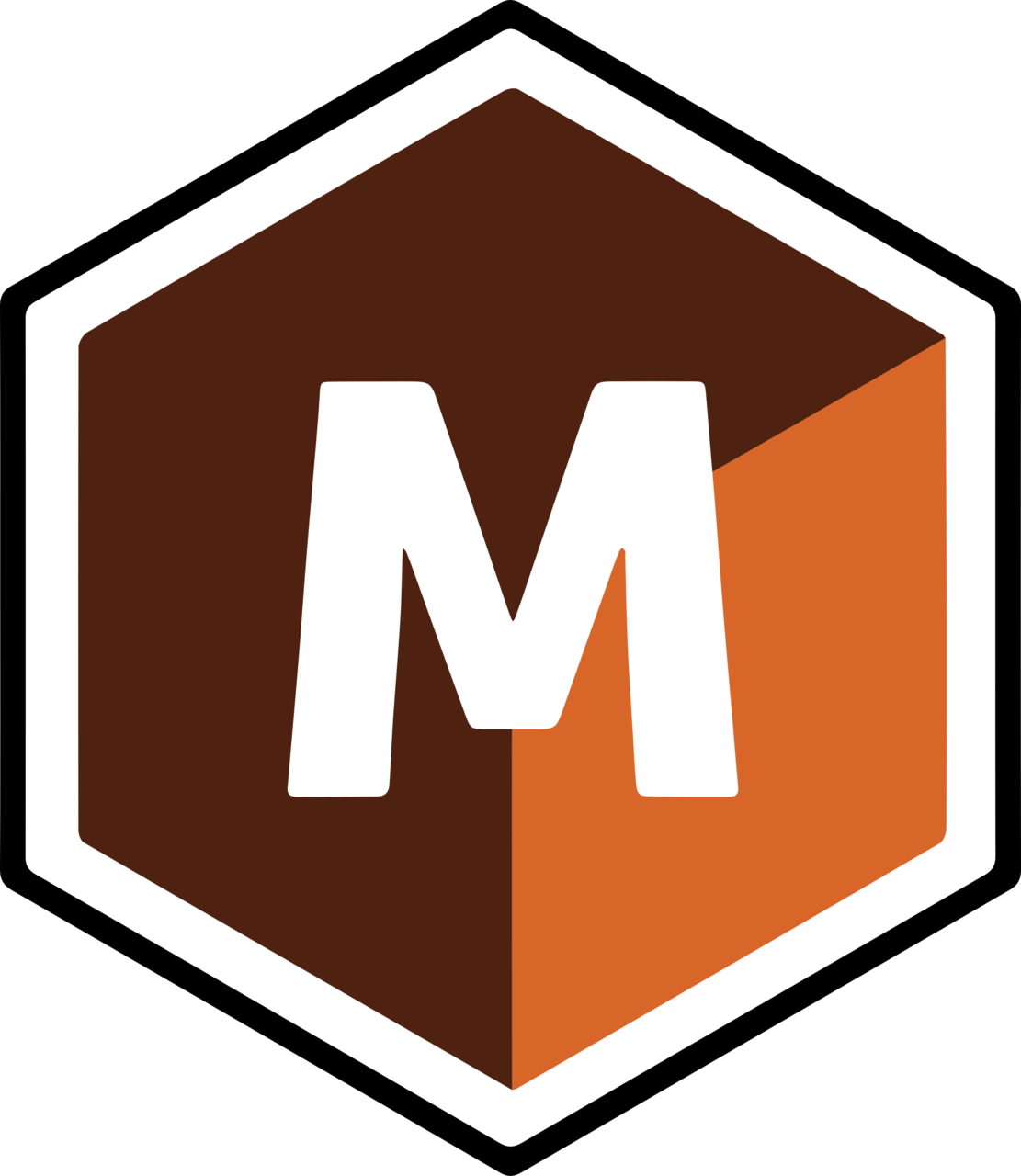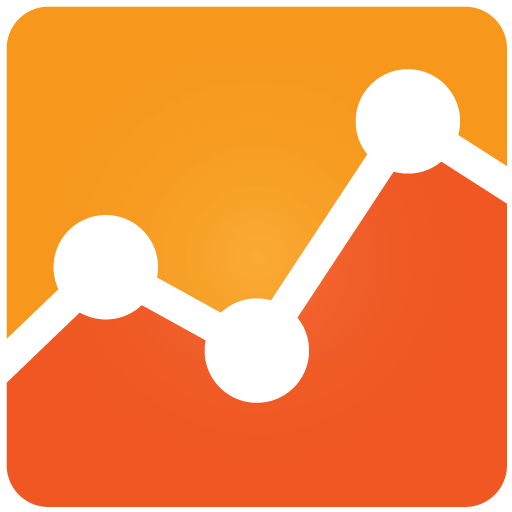What You’ll Learn / Overview
Graphic design is such an important part of our visual world that you can see examples of it almost everywhere you look. Your daily newspaper or favorite magazine will have layout and visual content prepared by a Graphic Designer. Commercials, whether printed or digital, will have been through a graphic design phase. So will design CD covers, business logos, TV and movie credits, and Internet websites. The list goes on…..
Learning the newest software is not enough to be a visionary in the current technological revolution. You must also withstand the fads with every digital discovery. Led by a faculty of working designers, students use the latest technology to realize their own vision – bridging the gap between programmer and artist. UI Design and development have moved on considerably since the early days when a grasp of HTML (Hypertext Markup Language) was the main requirement. The modern Web Designer has to fully understand not only HTML, but also CSS, javaScript, JQuery, Bootstrap, AJs, and the integration of software and multimedia into web pages using web authoring tools. Companies are investing heavily in designing with a full range of Multimedia features.
Interactive Media / Editing involves communication channels that allow the two-way exchange of information. The best-understood application of interactive media is probably video games. But, interactive media is certainly not limited to games. For example, interactive media may include computer tutorials, educational programs, Social media Vidoe Posts, and even interactive marketing. Interactive marketing includes using different sources of media to exchange information directly with your target audience or consumers. Clearly, interactive media is a very diverse field.
Mastering the concepts of Digital filmmaking and execution of multimedia projects, imparting basic skills in drawing to enhance and improve core skills required for 2D animation.
Pencil sketching, Timing, Life drawing, Spacing, Follow-through.
Basic 2D Animation
Training in Drawing Animation Styles, Animation Principles, Background Design, and Layout Designing, Perspective (applied to backgrounds as well as figure drawing), Character Designing, Animating Cycles,
Animating Effects (water, wind, fire, etc.)
Advanced 2D Animation
The art of storytelling (Scene Planning, Staging, etc.) Importance of Story Boarding, Background Painting & Layout Designing Model Sheets, Posing, Animating with Layers Key Animation Dialogue Lip Sync,
Exposure Sheet
The 3D Animation program is an advanced tool that adds another dimension to the visual that is the depth. The aim is to develop the artistic temperament and technical skills to groom the individuals into professional 3D Animators. In addition to the basic skills in drawing and manual designing, the Digital Media curriculum includes Modeling in 3D, Texturing, Lighting, Rigging, Animating, creating effects.
You learn
Introduction to Photoshop and General MAYA Specializations: Modeling, Rigging, Animation, Texturing, Lighting, Dynamics, and Rendering
Specialization in MAYA (The student is expected to choose one topic of the above)
The Visual Effects program prepares the students for a career in the specialized and exciting world of creating high-quality digital effects for Film, Television, and Gaming. Students learn to integrate live-action footage with computer-generated images or other elements (such as miniatures or Matte paintings) to create a realistic environment.
You will learn Maya UI & Introduction of Maya Dynamics, Advanced Particles, Fields, Fluids, Ocean Simulation, Dynamic Motions, Simulations & Descriptions, N-Cloth, Hair, Fur, Paint FX, Creating Miniatures and Matte paintings, for background, Plates for keyed, Roto scoped elements, The live-action compositing techniques like color, Correction and color matching, wire and rig removal, Tracking, Set Extension, Roto Scoping, Masking and Chroma-keying through, Blue screening and green screening, Digital animation techniques to generate natural, Phenomena such as Smoke, Explosions, Fire or any imaginable atmospheric disturbances using particle effects, Pyro Technics: Fires, Explosions, Smokes, Fireworks, Soft & Rigid Bodies, Constraints
Tools you will learn
 Photoshop
Photoshop Illustrator
Illustrator Adobe InDesign
Adobe InDesign Adobe Acrobat
Adobe Acrobat HTML
HTML CSS
CSS JavaScript
JavaScript Bootstrap
Bootstrap JQuery
JQuery Angular
Angular Adobe Animate
Adobe Animate Premiere pro
Premiere pro Adobe AfterEffects
Adobe AfterEffects Media Encoder
Media Encoder Audition
Audition Autodesk Maya
Autodesk Maya Blender
Blender zbrush
zbrush Fusion
Fusion Mocha
Mocha Google Analytics
Google Analytics Google Adwords
Google Adwords

